Step By Step Guide To Uninstall getbackmyfiles@india.com virus from Firefox
getbackmyfiles@india.com virus errors which should also be noticed 0x0000001F, 0x00000108, 0x80242004 WU_E_UH_DOESNOTSUPPORTACTION A request for the handler to install (uninstall) an update could not be completed because the update does not support install (uninstall)., 0x8024F004 WU_E_SERVER_BUSY The server rejected an event because the server was too busy., 0x80248001 WU_E_DS_INUSE An operation failed because the data store was in use., 0x0000003A, 0x0000001A, 0x80246007 WU_E_DM_NOTDOWNLOADED The update has not been downloaded., 0x80244027 WU_E_PT_NO_AUTH_PLUGINS_REQUESTED The server returned an empty authentication information list., 0xf0811 CBS_E_MANIFEST_VALIDATION_MISSING_REQUIRED_ELEMENTS required attributes are missing, 0x80245001 WU_E_REDIRECTOR_LOAD_XML The redirector XML document could not be loaded into the DOM class., 0xf081C CBS_E_EXCESSIVE_EVALUATION Watchlist: not able to reach steady state after too many attempts., 0x80240038 WU_E_WINHTTP_INVALID_FILE The downloaded file has an unexpected content type.Erase getbackmyfiles@india.com virus Assistance For
A threat like getbackmyfiles@india.com virus damage the whole PC and make other install program unresponsive. This threat is very risky for the all Windows version including the newly released Windows 10 PC. The malicious mind behind the creation of this getbackmyfiles@india.com virus threat is used to hamper more and to steal useful resource from the infected PC. On every web browser there is option to save password, this is done for the user convenience. The hacker will attack on those web browser, mainly on the default one to collect those saved password. It can be off your social account, email, or even on banks.
Which is the reason you must Delete getbackmyfiles@india.com virus virus from your infected PC. Moreover this threat will compromise the security program of the infected PC, which allow other harmful threat to enter. As the PC is already infected with getbackmyfiles@india.com virus, therefore the other threat will surely damage all the functionality of your PC. Which is why you must need to Delete it.
Step 1 : Delete getbackmyfiles@india.com virus From Web Browser
Step 2 : Reset Your Browser Settings To Delete getbackmyfiles@india.com virus
Step 3 : Delete getbackmyfiles@india.com virus From Task Manager
Step 4 : Delete getbackmyfiles@india.com virus From Registry Editor
Step 5 : Delete getbackmyfiles@india.com virus Through Control Panel
Step 6 : Start Your PC in Safe Mode With Networking To Delete getbackmyfiles@india.com virus
Step 1 : Delete getbackmyfiles@india.com virus From Web Browser
Delete From Google Chrome
- To open Menu click on 3 Horizontal icon top right corner of Chrome Browser.
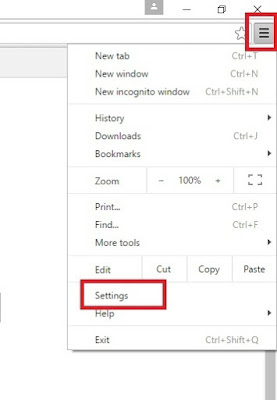
- A drop Down list will open >> select the Settings/ Extension option.
- If Settings panel get open >> then click on Extension Tab.

- If Extension Windows will be open select the malicious extension from the list.
- Then finally click Trash / Recycle icon to Delete getbackmyfiles@india.com virus from Google Chrome.
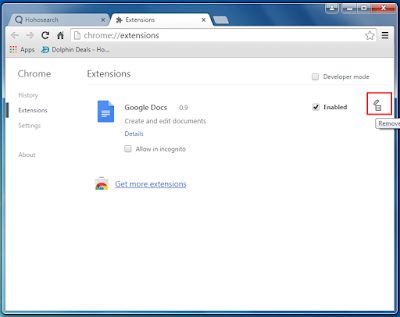
Delete From Internet Explorer
- Select the Tools button from Internet Explorer.
- On the Tools section select Manage add-ons.
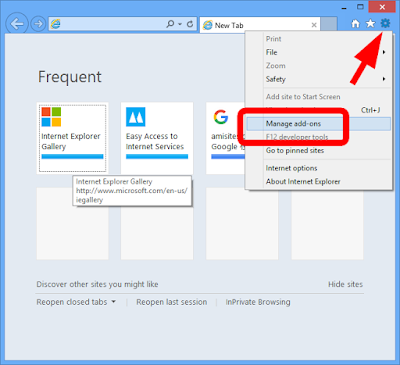
- From the Add-ons list, select the add-on you want to turn off/remove.
- The Select Disable option .
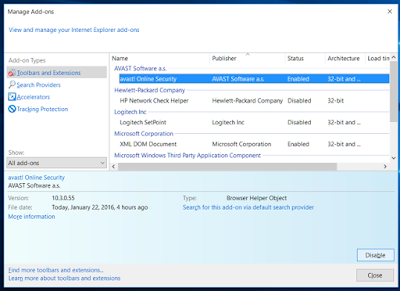
- Now Finally Restart The Internet Explorer to Delete getbackmyfiles@india.com virus.
Delete From Mozilla Firefox
- Click Menu Button then choose Add-ons.
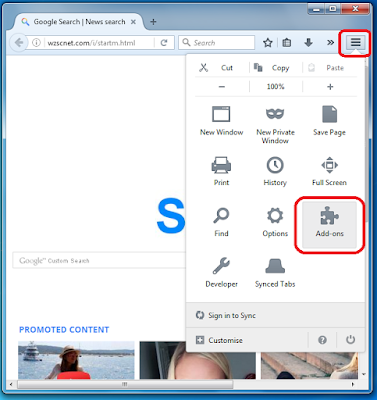
- Now the Add-ons Manager Tab will open.
- Here you need to select the Extensions or Appearance panel.
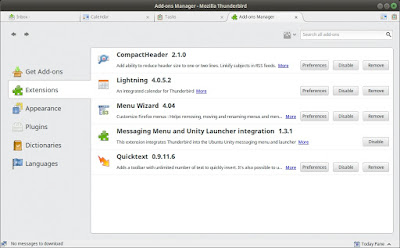
- Then simply select the add-on from list you wish to remove.
- Now click on the Delete button.

- Finally Restart the Mozilla Browser to Delete getbackmyfiles@india.com virus.
Delete From Microsoft Edge
- Select More option to open the menu on Microsoft Edge.
- Then select Extensions from the Menu drop down list.
- On the Extension right-click on it to Delete.
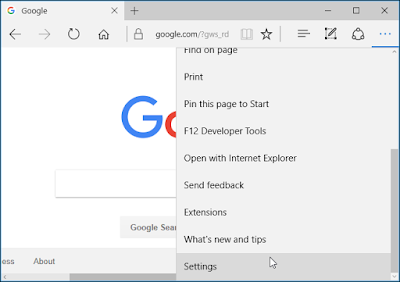
- Now click the Remove button.
- Finally Restart the Microsoft Edge Browser to Delete getbackmyfiles@india.com virus.
Reset Google Chrome
- Click on Menu from right corner of Chrome Browser.
- A drop list will appear, select Settings from here.

- When Settings panel will appear >> go to search box.
- On Search Box type RESET.
- Click the Reset button when confirmation Pop-up Windows will appear.
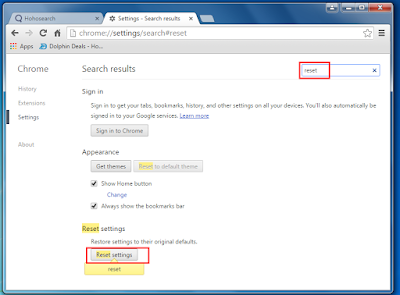
- This will Delete getbackmyfiles@india.com virus from Google Chrome Browser.
Reset Microsoft Edge
- Click the three horizontal dots to open the Settings menu.
- Then choose Settings option from here.

- Then under Settings section click on Clear Browsing Data.
- Here click on Choose what to clear >> then click Show more.
- Select all and click Clear.
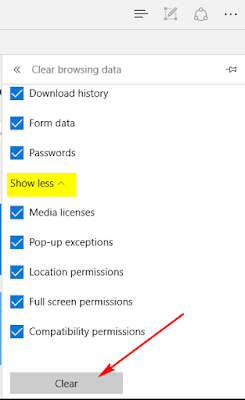
- Restart your Microsoft Edge to Delete getbackmyfiles@india.com virus.
Reset Internet Explorer
- Click on Tools menu and select Internet Option.
- Click on Advance tab and then hit the Reset button.
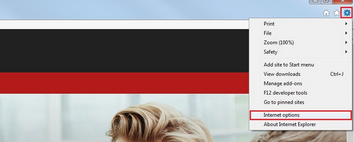
- Find Delete Personal Settings option and press Reset Button.
- Restart your Internet Explorer to Delete getbackmyfiles@india.com virus.
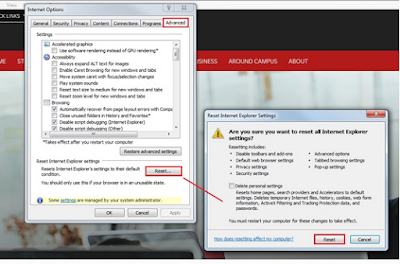
Reset Mozilla Firefox
- On Mozilla Firefox click Menu option and then press Help option.
- Select Troubleshooting Information option.

- On this panel click on Refresh Firefox button.
- Press Refresh Firefox to complete the process.
<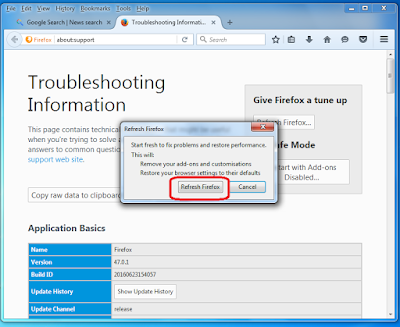

- This will Delete getbackmyfiles@india.com virus from Mozilla Firefox.
- Right-click on task Bar and select Task Manager.
- Press ALT+Ctrl+Del buttons to open Task Manager.
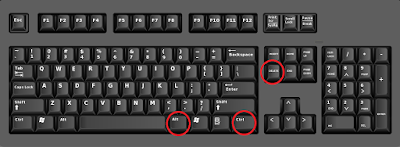
- When Task Manager will open select the Malicious Task.
- From here click on End Task button to Delete getbackmyfiles@india.com virus.

- Press Win + R keys together to open Run Command.
- Type regedit and click OK or Hit Enter.
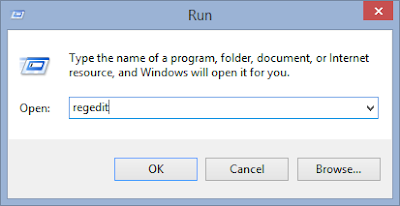
- Find and Delete all related registry files of getbackmyfiles@india.com virus.
- HKEY_LOCAL_MACHINESYSTEMCurrentControlSetServicesWpm
- HKEY_CURRENT_USERSoftwareMicrosoftInternet ExplorerMain “Default_Page_URL”
- HKEY_LOCAL_Machine\Software\Classes\[name]
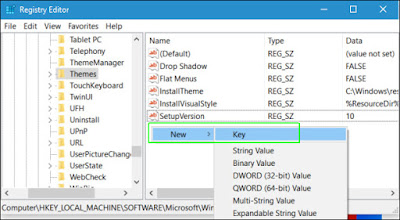
Delete getbackmyfiles@india.com virus From Windows XP
- Click on Start menu and select Control Panel.
- Now press on Add or Remove programs option.
- Find and Delete unwanted program from your PC.
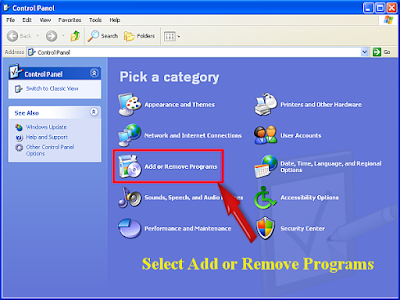
- Then Restart your PC to Delete getbackmyfiles@india.com virus.
Delete getbackmyfiles@india.com virus From Windows 10
- Click on Start then select Settings option.
- From Settings section choose System option there.
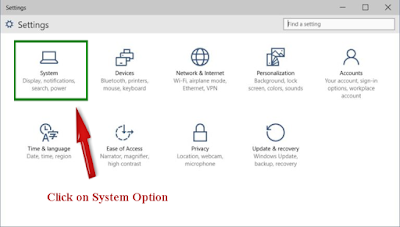
- The click on Apps and Features option.
- Here select the unwanted program and remove from your PC.
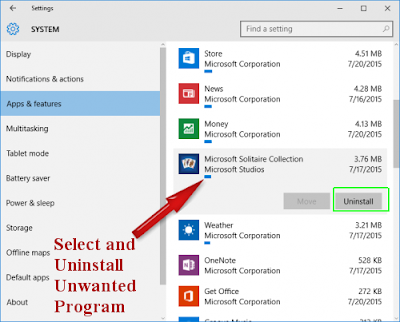
- Restart your PC to Delete getbackmyfiles@india.com virus.
Delete getbackmyfiles@india.com virus From Windows 8
- Press Win+R button to open Run Box on your computer.
- Type control panel in Run window and hit Enter button to open Control Panel.
- Click Uninstall a program.
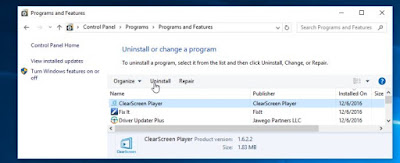
- From this Windows Right-click on getbackmyfiles@india.com virus to remove it.
- Restart your PC to Delete getbackmyfiles@india.com virus.
Delete getbackmyfiles@india.com virus From Windows 7
- Select Control Panel Option from Start menu.
- Select Uninstall A Programs option from the Programs menu.

- Finally select and Delete unwanted program from your system.
- Then restart your PC to Delete getbackmyfiles@india.com virus.
Start Windows XP/Vista/7 In Safe Mode To Delete getbackmyfiles@india.com virus
- To Restart >> Click on Start menu >> select Restart button.
- Continue press F8 button until you don't see the Advance Boot Option.
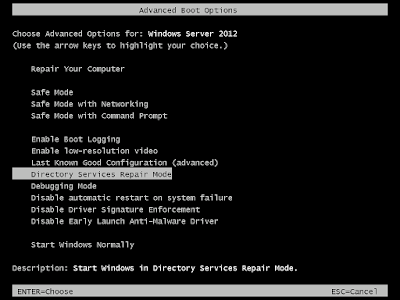
- On Advance boot menu >> select Safe Mode With Networking Option.
- The press Enter button.

Start Windows 8/10 In Safe Mode To Delete getbackmyfiles@india.com virus
- To Restart >> Click on Start menu >> press Shift key and the hit Restart button.
- Now as the screen show >> select Troubleshoot option.
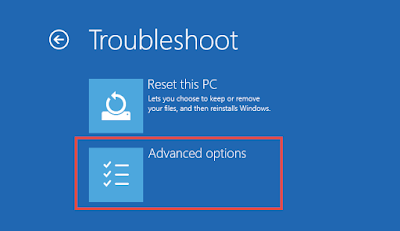
- On the next panel you need to click on Advanced Options.
- The again on new section choose Startup Settings option.
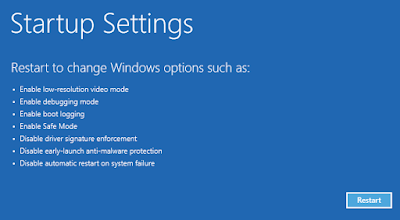
- From here select Enable Safe Mode option and the click Restart button.


No comments:
Post a Comment